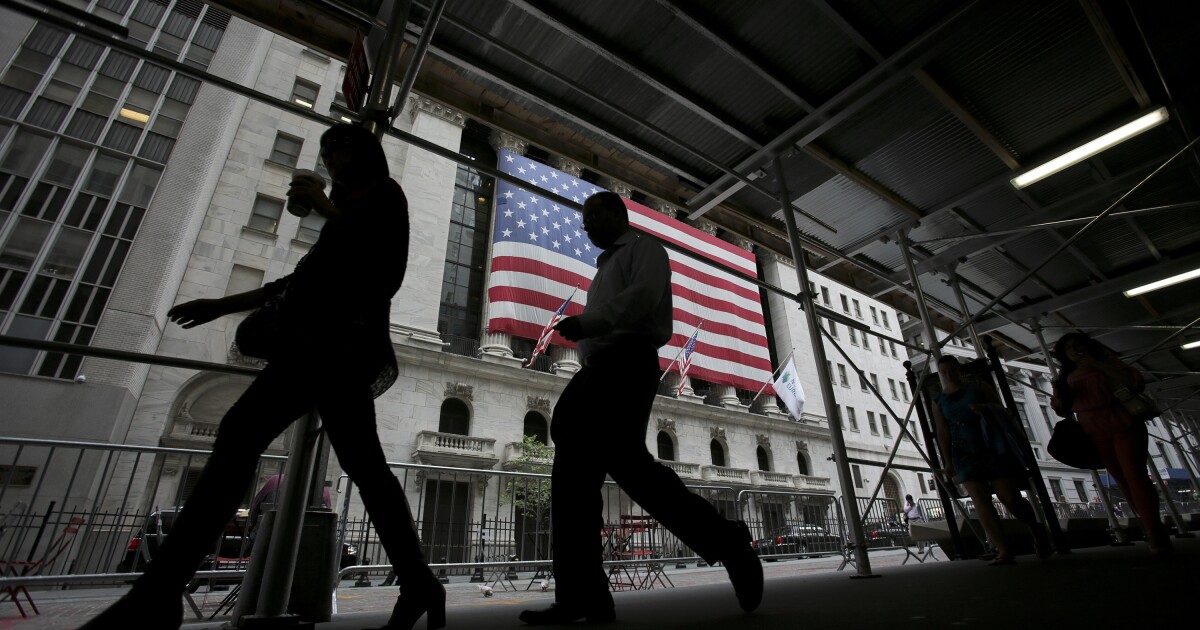
Elevated spending at the start of the winter holidays broadly added to stress on
Overall, consumer delinquencies hit 12-month highs in November and almost all categories were above the normalized levels that existed prior to the unusual pandemic-era spike, Vantagescore found in its latest report.
Mainstream mortgages remained the exception even though there have been previous indications of
Mortgage delinquency rates across categories in November of last year were: 30-59 days, 0.12%; 60-89 days, 0.29%; 90-119 days, 0.85%. In comparison, the equivalent numbers in January 2020 were 0.17%, 0.43% and 1.22%, respectively.
Some recent
But whether the current rate outlook is sustainable depends on the latest statistics that historically have been indicative of loan performance, and how the Federal Open Market Committee that determines monetary policy responds to them.
"All eyes are on job reports, unemployment and other factors like that to see where that takes the economy this year," Jared Neale, an associate at Imperial Fund, said during an A&D Mortgage webinar on the 2024 outlook Thursday.
With the exception of the period of the Great Recession, consumers have tended to prioritize home loan payments when a combination of loose underwriting and home price depreciation drove collateral value below outstanding loan amounts. That bodes well for strong future mortgage performance.
That said, the overall outlook for mortgage performance remains mixed because there also are other developments that could add pressure.
Servicing market stakeholders have shown
"There is a growing concern that some consumers' holiday spending is adding unsustainable levels of credit card and personal loan debt," Susan Fahy, executive vice president and chief digital officer at Vantagescore, said in a press release.
Card delinquency rates across DPD categories in November of last year were: 30-59 days, 0.28%; 60-89 days, 0.44%; 90-119 days, 0.78%. In comparison, the equivalent numbers in January 2020 were 0.15%, 0.29% and 0.62%, respectively.
Delinquency rates for personal loans clocked in as follows in the penultimate month of last year: 30-59 days, 0.39%; 60-89 days, 0.52%; 90-119 days, 0.99%. January 2020 numbers in these categories were 0.30%, 0.43% and 0.95%.
In the auto loan sector, the November numbers were: 30-59 days, 0.29%; 60-89 days, 0.81%; 90-119 days, 2.26%. Just prior to the pandemic, the comparative delinquency rates were 0.24%, 0.69% and 2.16%.



